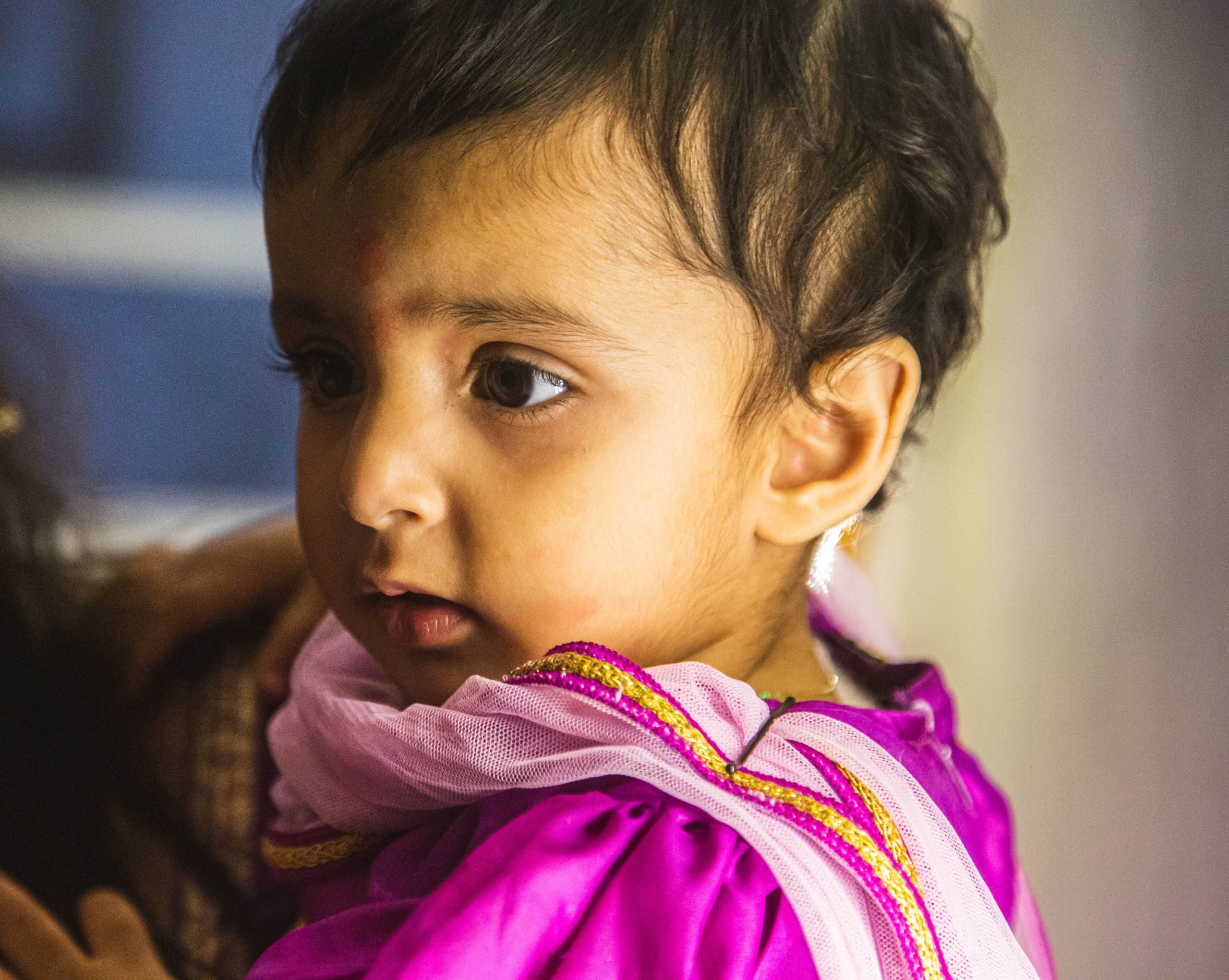On October 11 every year, the International Day of the Girl Child is celebrated globally. The United Nations officially set the date to promote gender equality. “The gender digital divide in connectivity, devices, and use, skills and jobs is real,” the UN said in an official statement talking about the International Day of the Girl Child 2021. “It is an inequity and exclusion gap across geographies and generations that is our challenge to address if the digital revolution is to be for all, with all, by all.”
Also Read | Explained: Why a video game triggered an anti-feminist wave in South Korea
International Day of the Girl Child: History
While the efforts for recognising girls’ rights first began to materialise in 1995 at the World Conference on Women in China, it was on December 18, 2011, that the United Nations General Assembly (UNGA) declared October 11 as the International Day of the Girl Child. Earlier, the Beijing Declaration and Platform for Action was regarded as “the most progressive blueprint ever for advancing the rights of not only women but girls.”
It was done to recognise the challenges that girls face around the world that may be completely different from those that women face.
Also Read | Pray to be free again: Threat looms over Afghan female judges under Taliban
International Day of the Girl Child: Significance
According to the United Nations, “An investment in realising the power of adolescent girls upholds their rights today and promises a more equitable and prosperous future, one in which half of humanity is an equal partner in solving the problems of climate change, political conflict, economic growth, disease prevention, and global sustainability.”
The 2030 Agenda for Sustainable Development and its 17 sustainable development goals (SDGs) adopted by world leaders in 2015 traverse with the help of a roadmap for progress leaves no one behind and promotes sustainability at the same time. Each of those 17 goals is important for achieving gender equality and women’s empowerment.







